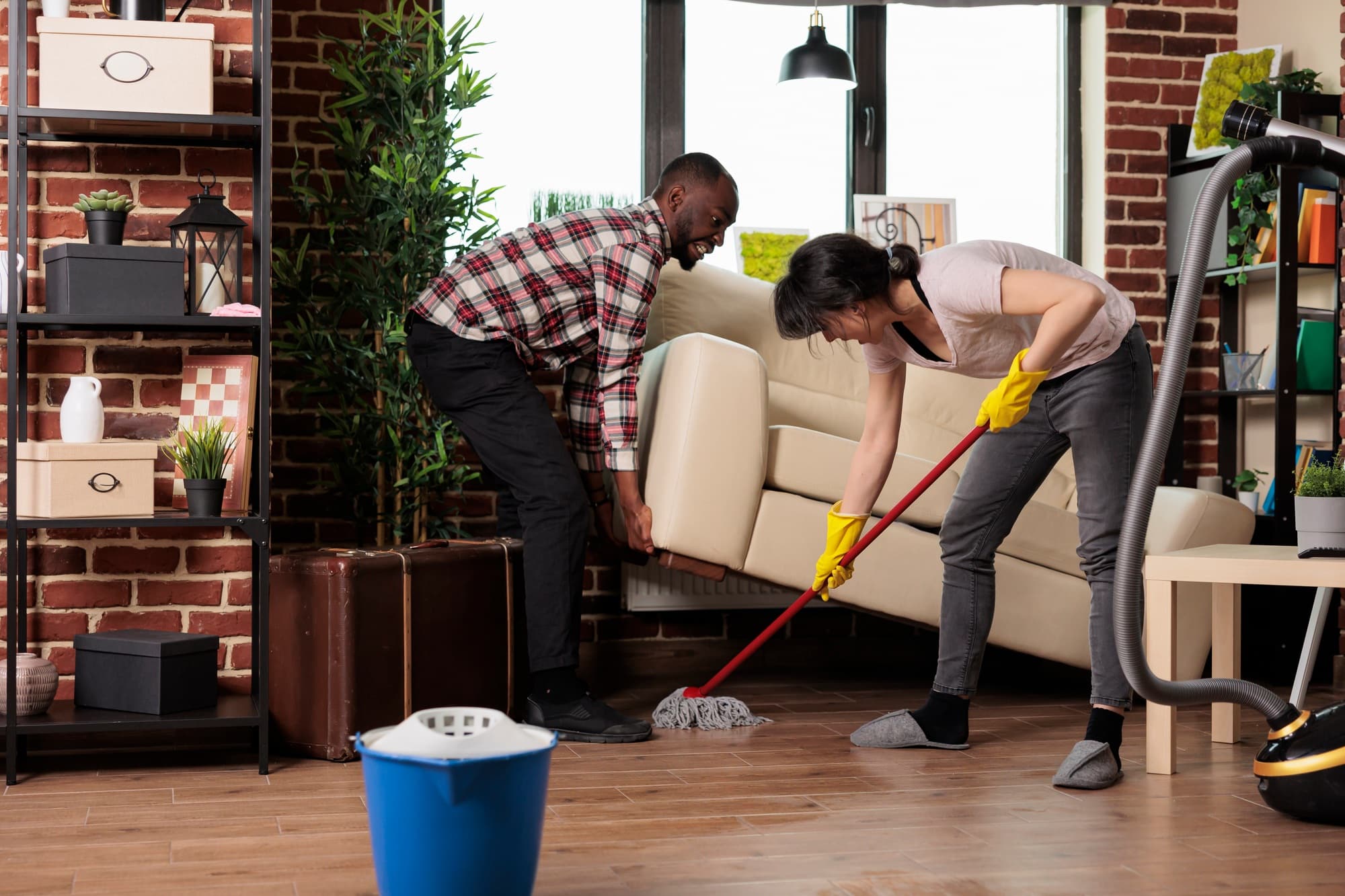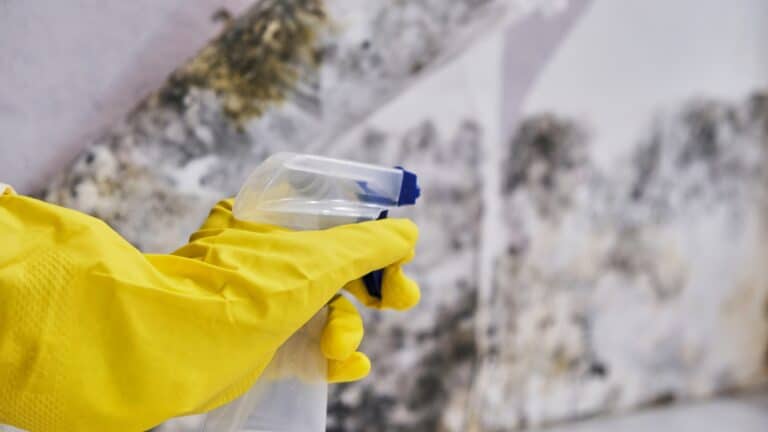
Spring cleaning isn’t just about dusting shelves and opening windows. It’s also the perfect time to check in on the parts of your home or building that might be hiding something a little more serious—like mold.
Between heavy rain, leftover moisture from winter, and months of stale indoor air, spring creates the perfect conditions for mold to grow. If you’re already in cleanup mode, here’s how to spot potential issues before they become bigger problems.
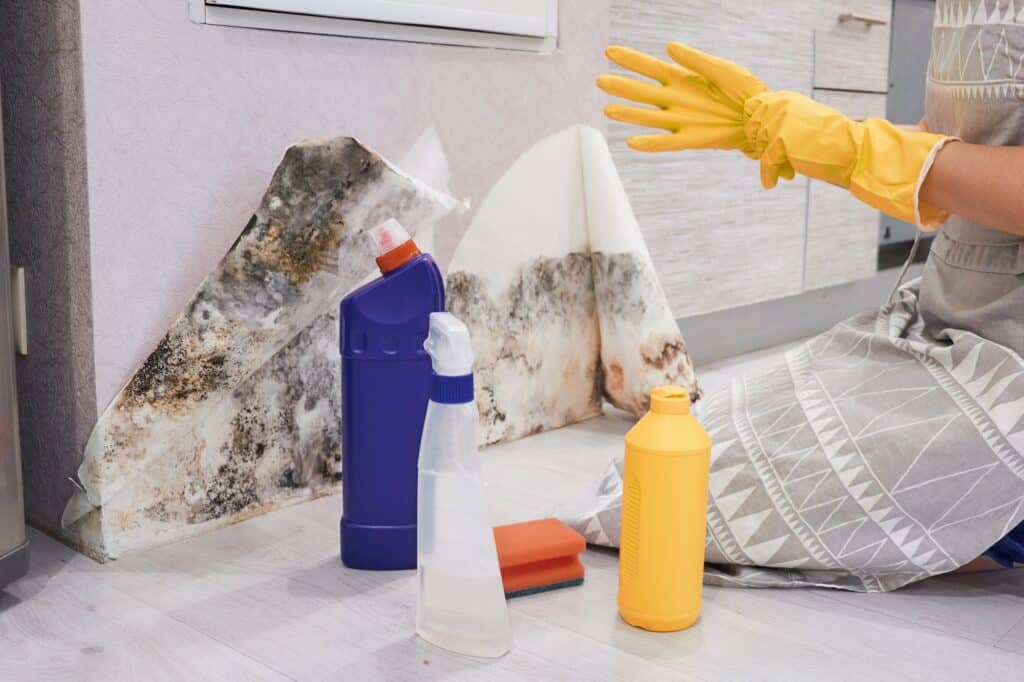
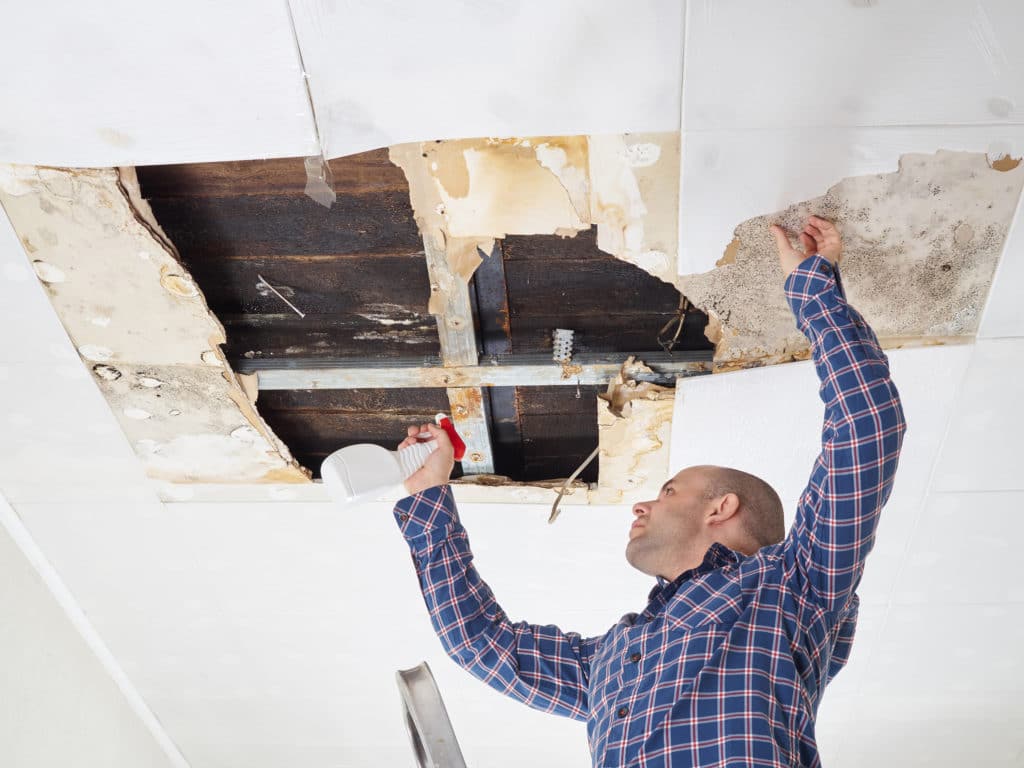
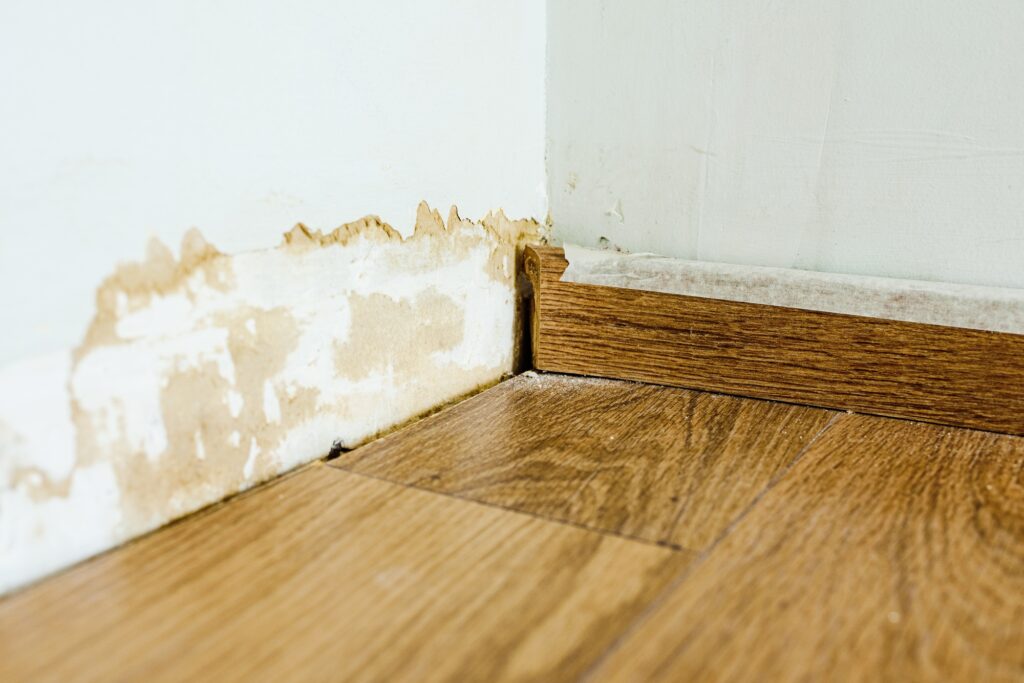
Start with the Damp Zones
Some areas are more mold-prone than others. When you’re cleaning, give these spots a closer look:
Basements and crawlspaces
Under sinks and around toilets
Attics and rooflines
Windows and exterior walls
Even if you don’t see visible mold, keep an eye out for peeling paint, water stains, or any soft spots in drywall. And trust your gut: if something smells weird, it’s worth paying attention to.
If It Smells Musty, Pay Attention
That damp, earthy smell is often the first sign mold is lurking somewhere nearby. It might be behind a wall, under flooring, or in your HVAC system. If you’re noticing a funky smell that lingers even after you clean, it’s time to investigate.
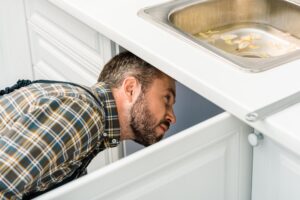
Scrubbing Over and Over? That’s a Red Flag
If you’ve cleaned the same spot more than once and the staining keeps coming back, it could be active mold. And while bleach might make things look better, it doesn’t always get to the root of the issue—especially on wood, drywall, or fabric.
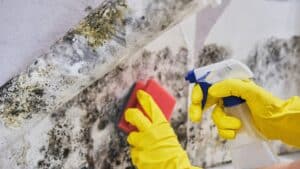
Don’t Guess: Test!
Mold can look like dirt or dust at first. But guessing wrong could lead to health issues or delays in your project. At ETL, we make testing simple. You send a sample, we analyze it, and we help you understand what the results mean.
Esecially if you’re renovating!
Whether you’re removing flooring or opening up old drywall, you want to know what you’re dealing with before disturbing it. Mold spreads quickly once airborne, and if you’re working in an older building, there could be asbestos or lead present too.
Why Choose ETL for Mold Testing in Michigan?
We’re Michigan’s fastest growing mold lab for a reason. We don’t just run your test and send a report—we help you understand it. Our team is known for being responsive, approachable, and easy to work with. We take the guesswork out of mold testing, whether it’s your first time or your fiftieth.
Check out or Mold for Homeowners Page for sampling guides, and more information!
Frequently Asked Questions
What causes mold in spring?
How do I know if I need a mold test?
Is mold testing required in Michigan?
Is all black mold “toxic black mold”?
Can mold make you sick, even if you can't see it?
How much does mold testing cost in Michigan?
Need Help? Let's Talk.
If you’re seeing signs of mold or planning a spring project where mold could be a concern, let us know. We’ll help you choose the right test and walk you through the next steps.
Just fill out the form below and someone from our team will reach out to you directly. We’re here to help.


